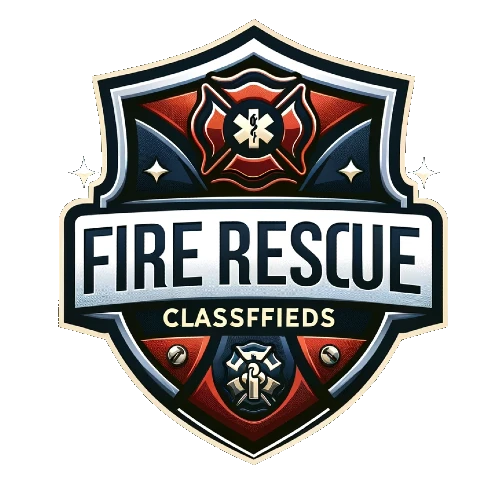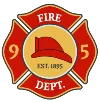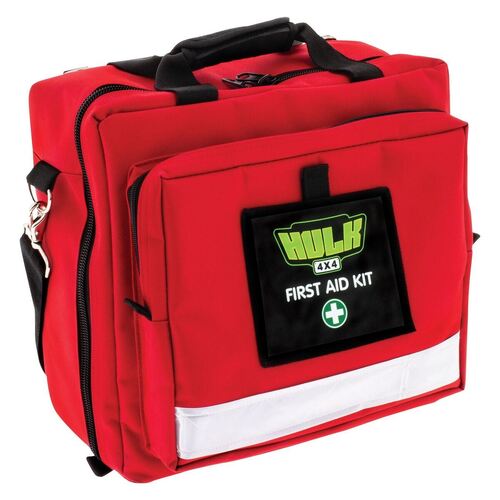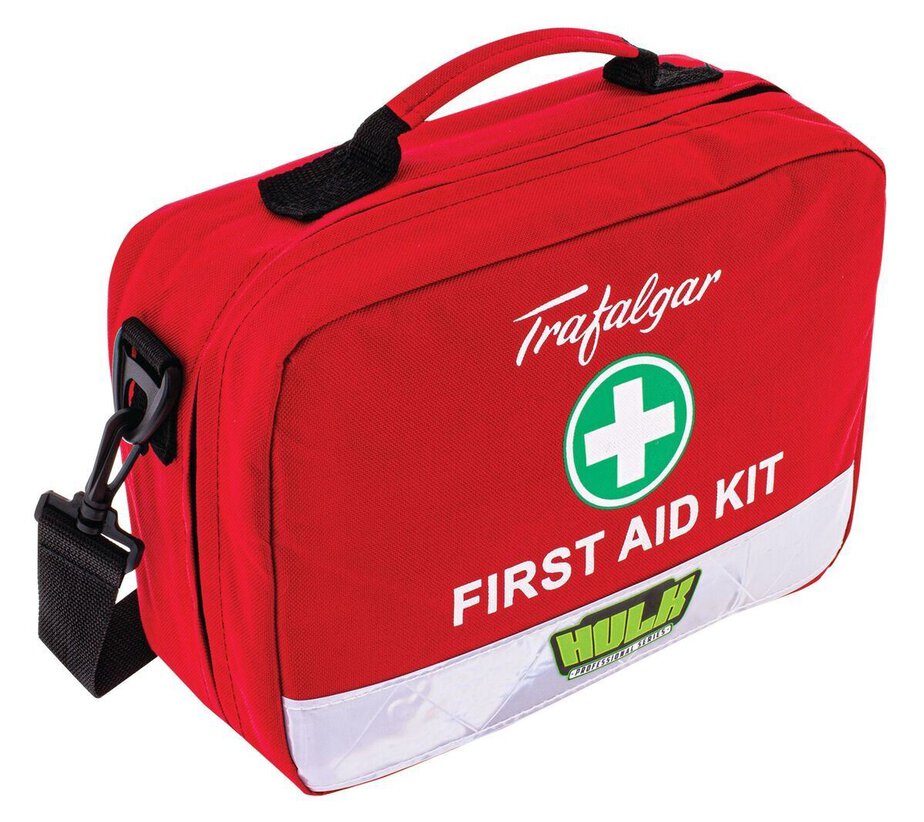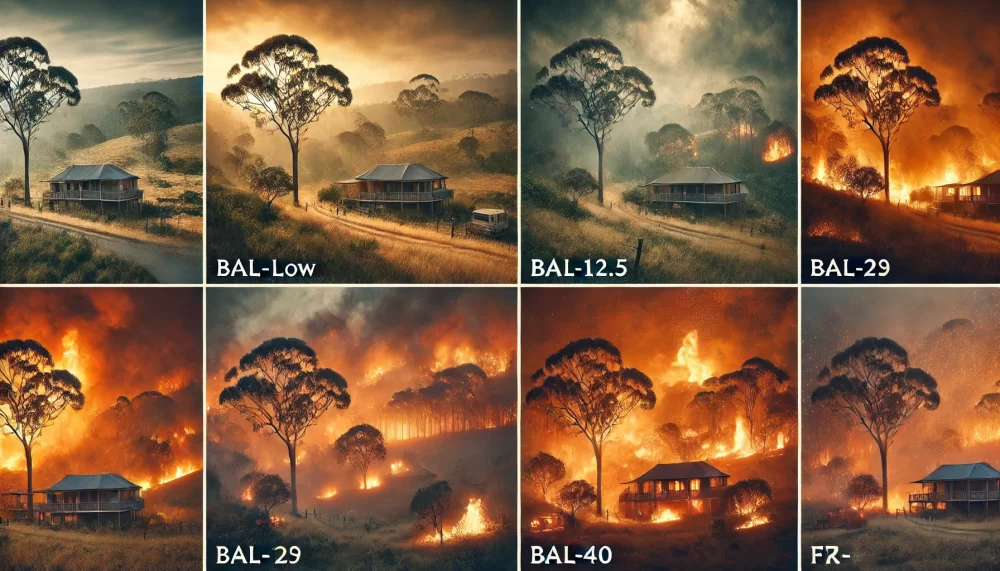Now Reading: Total fire ban NSW | Bushfire Prevention | Rules Explained
- 01
Total fire ban NSW | Bushfire Prevention | Rules Explained
Total fire ban NSW | Bushfire Prevention | Rules Explained
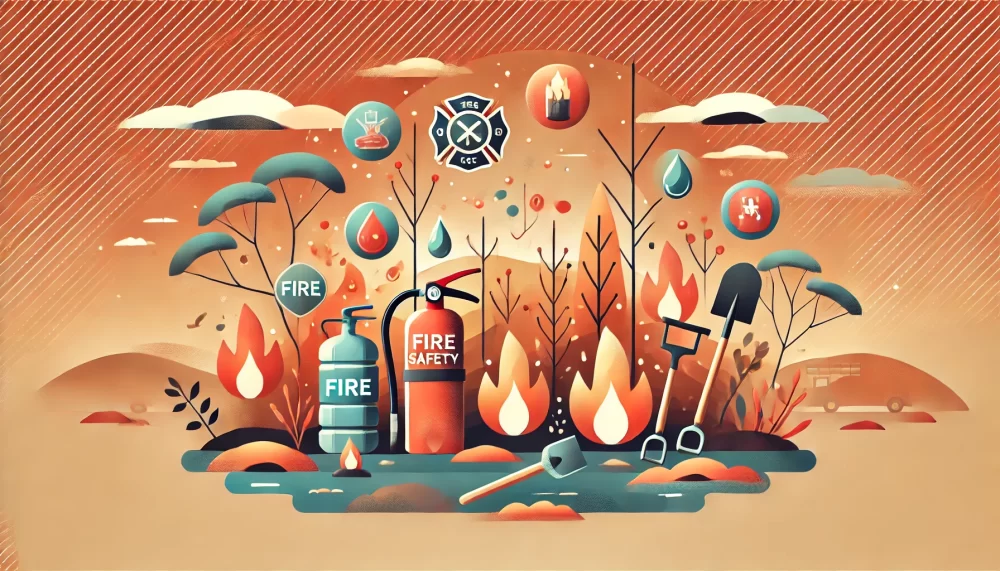
Bushfire safety is a critical concern for Australians, especially in regions prone to devastating wildfires. Understanding the rules and regulations surrounding fire lighting—whether for recreation, agriculture, or household needs—can make a significant difference in preventing unnecessary disasters. This guide delves into the legal, safety, and practical considerations you must know to ensure compliance and safety when lighting fires in Australia.
The Growing Threat of Bushfires
Bushfires have long been a part of Australia’s natural landscape, shaping ecosystems and playing a vital role in regenerating certain plant species. However, the frequency, intensity, and impact of bushfires have increased dramatically in recent decades, driven by a combination of environmental, social, and climatic factors.
1. Climate Change: A Key Driver
Climate change has emerged as a leading cause of more extreme and frequent bushfires. The warming of the planet has led to:
- Hotter Temperatures: Prolonged periods of extreme heat have become more common, creating the ideal conditions for fires to ignite and spread rapidly.
- Drier Conditions: Extended droughts have dried out vegetation, making it more flammable and reducing natural barriers against fire.
- Increased Lightning Strikes: With shifting weather patterns, lightning—a natural fire starter—has become more frequent in some regions, further exacerbating the risk.
2. Changing Fire Seasons
Australia’s fire season, traditionally confined to the summer months, now starts earlier and lasts longer. Recent years have seen significant fires as early as spring and as late as autumn, leaving little time for recovery and preparation between seasons.
3. Urban Expansion into Bushland
As Australia’s population grows, more people are living in areas close to bushland, often referred to as the wildland-urban interface (WUI). This proximity to vegetation increases the likelihood of fires impacting homes, lives, and infrastructure.
4. Historical Mismanagement of Landscapes
Human interventions, such as suppressing natural bushfires and clearing land for agriculture, have disrupted the natural fire regimes. This has led to an accumulation of fuel loads (dry leaves, grasses, and branches) in many areas, which can make fires more intense and harder to control.
5. Economic and Social Impacts
The rising threat of bushfires is not just an environmental issue; it is also an economic and social challenge. Some of the significant impacts include:
- Loss of Property and Infrastructure: Fires like the Black Summer of 2019-2020 destroyed thousands of homes and critical infrastructure.
- Economic Strain: Firefighting efforts, recovery, and rebuilding place a tremendous financial burden on governments and communities.
- Psychological Toll: Bushfires leave emotional scars on individuals and communities, with many survivors dealing with post-traumatic stress for years after an event.
6. The Role of Wind and Weather Conditions
Unpredictable and strong winds contribute to the ferocity and spread of bushfires. High winds carry embers, igniting spot fires kilometers ahead of the main blaze. Coupled with low humidity, these conditions create uncontrollable infernos, challenging even the most experienced firefighters.
7. Lessons from Recent Fire Seasons
The catastrophic Black Summer bushfires of 2019-2020 were a wake-up call for Australia and the world. The fires:
- Burned over 18 million hectares of land.
- Killed or displaced nearly 3 billion animals, pushing some species closer to extinction.
- Emitted significant carbon dioxide, contributing to global warming.
This disaster highlighted gaps in preparedness, the need for better land management practices, and the urgency of addressing climate change.
8. International Recognition and Collaboration
Australia’s bushfires are now a global concern, with countries around the world offering support during major events. Firefighting teams from the US, Canada, and New Zealand often collaborate with Australian counterparts, sharing expertise and resources. However, global cooperation must also focus on tackling climate change, as its effects are not limited by borders.
9. What the Future Holds
Without meaningful action on climate change, the outlook for bushfire-prone regions in Australia is dire. Predictions include:
- More Frequent Mega-Fires: Fires that cover vast areas and burn with extreme intensity.
- Loss of Biodiversity: Native flora and fauna may not have time to recover between fire seasons.
- Increased Costs: Both financial and human resources will be stretched as fire seasons become more severe.
A Call to Action
The growing threat of bushfires demands urgent action on multiple fronts:
- Reducing Carbon Emissions: To mitigate climate change and stabilize weather patterns.
- Better Land Management: Controlled burns, fuel reduction, and sustainable practices can help manage fire risks.
- Community Education and Preparedness: Empowering individuals and communities to understand and act on fire safety principles.
- Strengthening Firefighting Capacity: Investing in technology, training, and resources for firefighters.
By addressing these challenges head-on, Australia can adapt to the realities of a changing climate while reducing the devastating impact of bushfires on people, wildlife, and the environment.
Preparing to Light a Fire
Preparation is the foundation of fire safety. Whether you’re lighting a campfire, using a BBQ, or conducting agricultural burns, taking proper precautions significantly reduces the risk of fires getting out of control. In bushfire-prone areas of Australia, preparation becomes even more critical. Here’s an expanded guide to help you prepare effectively:
1. Understand Fire Danger Ratings
The Fire Danger Rating (FDR) system is a vital tool in determining whether it is safe to light a fire. Ratings range from Low-Moderate to Catastrophic, with each level indicating the potential severity of a bushfire.
- Check Daily Updates: Visit the NSW Rural Fire Service website or listen to local radio for daily fire danger ratings.
- Total Fire Ban Days: On these days, lighting any open fire is strictly prohibited. Violations can result in hefty fines or imprisonment.
Understanding the FDR ensures you’re making informed decisions about fire activities.
2. Secure Necessary Permits
In many areas, permits are required for open burns, particularly during the Bushfire Danger Period (usually from October to March). Contact your local NSW Rural Fire Service (RFS) or council to:
- Obtain permits for agricultural burns, such as clearing stubble or weeds.
- Determine if additional environmental approvals are necessary.
- Notify neighboring properties and local authorities about your planned burn.
Permits often come with conditions, such as the size of the fire, the time of day it can be lit, and the equipment required on-site.
3. Clear the Surrounding Area
Creating a safe environment around your fire is essential to prevent unintended spread.
- Establish a Fire-Free Perimeter: Clear a radius of at least 2 meters around the fire. Remove dry grass, leaves, and any combustible materials.
- Prepare the Ground: If possible, dig a shallow pit for the fire to contain embers and flames.
- Mind Overhanging Trees: Ensure there are no low-hanging branches above your fire, as they can ignite from rising heat and embers.
This simple step significantly reduces the chance of fire escaping.
4. Have Fire Suppression Equipment On Hand
Always have tools and resources ready to extinguish a fire quickly if it becomes unmanageable. Recommended equipment includes:
- Water Sources: A 16L knapsack spray pump, a hose, or a bucket of water.
- Fire Extinguishers: A 9L liquid fire extinguisher or a 0.9kg dry powder extinguisher.
- Tools: Shovels, rakes, and other equipment to smother small flames or embers.
Ensure the equipment is in working condition and within easy reach.
5. Know the Wind and Weather Conditions
Weather plays a crucial role in fire behavior. Before lighting a fire:
- Monitor Wind Speed and Direction: Strong winds can carry embers long distances, igniting spot fires far from the original source. Avoid lighting fires if wind speeds exceed 10 km/h.
- Consider Humidity Levels: Low humidity increases fire spread by drying out vegetation and fuels.
- Check Forecasts: Be aware of any weather changes, such as sudden gusts or shifts in wind direction, that could make fire control difficult.
The calmer and more predictable the weather, the safer it is to light a fire.
6. Wear Appropriate Clothing
Protective clothing is essential for personal safety. Always wear:
- Long-Sleeved Shirts and Pants: Made of fire-resistant material like cotton or wool. Avoid synthetic fabrics, as they can melt and stick to your skin.
- Sturdy, Closed-Toe Shoes: Protect your feet from embers and heat.
- Gloves: Heat-resistant gloves for handling firewood or tools near the fire.
- Eye Protection: Safety glasses to shield your eyes from smoke and embers.
Dressing appropriately reduces the risk of injury while working around fire.
7. Inform and Notify Others
Communication is key to fire safety, especially when burning on private or public property.
- Inform Neighbors: Let adjoining property owners know about your planned fire at least 24 hours in advance.
- Notify Authorities: Contact the local RFS Fire Control Centre or council. They can provide additional guidance and ensure emergency services are aware of your activities.
Being transparent helps prevent confusion or unnecessary emergency responses.
8. Build and Manage Your Fire Responsibly
Once you’re ready to light your fire, follow these best practices:
- Start Small: Begin with a small fire and add fuel gradually.
- Use Dry, Seasoned Wood: Wet or green wood produces excessive smoke and may not burn efficiently.
- Maintain Control: Never leave a fire unattended. Assign a responsible adult to monitor it at all times.
- Minimize Smoke: Use all practical means to prevent air pollution, such as burning dry materials and avoiding plastics or treated wood.
Proper management keeps the fire within safe limits and minimizes environmental impact.
9. Be Ready to Extinguish the Fire
Extinguishing the fire properly is just as important as lighting it. When you’re done:
- Douse with Water: Pour water over the fire until all embers are extinguished.
- Stir the Ashes: Use a stick or shovel to stir the ashes while continuing to douse with water.
- Check for Hot Spots: Feel the area around the fire for heat. If it’s warm, keep adding water until it cools completely.
Leaving a fire smoldering can lead to unexpected flare-ups.
10. Understand the Risks of Non-Compliance
Failing to prepare adequately or violating fire restrictions can have serious consequences:
- Legal Penalties: Heavy fines, court appearances, or imprisonment for lighting illegal fires.
- Civil Liability: You may be held financially responsible for damages caused by your fire.
- Environmental Damage: Uncontrolled fires can devastate wildlife habitats and ecosystems.
Preparation and compliance not only protect you but also the wider community and environment.
By following these expanded preparation guidelines, you can enjoy the benefits of fire activities—whether for recreation, agriculture, or household purposes—without compromising safety. Let me know if you’d like further expansions or refinements!
General Guidelines for Common Fire Activities
1. Campfires in NSW State Forests or Parks
- Permitted only in specific areas.
- Banned on Total Fire Ban days.
- Check with local authorities for restrictions.
2. Campfires on Private Property
- Allowed if burning dry, seasoned wood.
- Prohibited on Total Fire Ban days.
3. Portable BBQs
- Gas and electric BBQs are permitted on private properties if:
- A cleared area surrounds them.
- They are within 20 meters of a dwelling.
- Water is available on-site.
- Banned in public parks on Total Fire Ban days.
Legal Considerations: What You Must Know
Lighting a fire in Australia, particularly in bushfire-prone areas, comes with legal responsibilities designed to protect lives, property, and the environment. Failing to comply with these regulations can lead to severe penalties, ranging from fines to imprisonment. Understanding the legal framework surrounding fire activities ensures safety and compliance. Here’s a comprehensive guide:
1. The Importance of Fire Permits
A fire permit is often required for activities like agricultural burns, hazard reduction, or the disposal of vegetation. Permits are especially critical during the Bushfire Danger Period (usually October to March) and on Total Fire Ban days.
- Where to Obtain Permits:
- Contact your local NSW Rural Fire Service (RFS) Fire Control Centre or Fire & Rescue NSW station.
- For agricultural burns, permits may also require consultation with your local council or environmental agencies.
- Permit Conditions:
Permits come with strict conditions that dictate:- When the fire can be lit.
- The type of materials that can be burned.
- The equipment required to manage the fire.
Failure to comply with permit conditions can void the permit and lead to legal action.
2. Total Fire Ban Days
On Total Fire Ban days, lighting any fire in the open is strictly prohibited. This includes:
- Campfires.
- Barbecues in public spaces.
- Agricultural burns.
- Welding, grinding, or other activities likely to generate sparks.
Exceptions:
- Gas or electric barbecues may be allowed on private properties, but only under strict conditions (e.g., within 20 meters of a house, with a cleared area and water supply on hand).
Violating Total Fire Ban restrictions can result in significant fines or imprisonment for up to 12 months.
3. Responsibilities of Property Owners
As a property owner, you are responsible for ensuring that any fire activity on your land complies with local laws and regulations. Key responsibilities include:
- Notifying Neighbors: You must inform adjoining properties at least 24 hours before lighting a fire.
- Ensuring Proper Equipment: Keep firefighting equipment, such as a knapsack spray pump or fire extinguisher, on-site.
- Clearing Vegetation: Create a firebreak by clearing flammable materials within at least a 2-meter radius around the fire.
Neglecting these responsibilities can result in liability for any damage caused by your fire.
4. Restrictions on Burning Waste
Burning household garbage, garden waste, or industrial materials often requires additional approvals.
- Air Pollution Regulations: Many local councils restrict open burning to reduce air pollution. Check with your council to see if a permit or exemption is needed.
- Incinerators: If you use an incinerator, it must be a properly constructed one that prevents sparks or burning materials from escaping. A minimum 5-meter radius around the incinerator must also be cleared of flammable materials.
Burning prohibited materials, such as plastics or treated wood, can lead to fines and environmental penalties.
5. Penalties for Illegal Fires
Igniting an illegal fire or failing to control a fire can result in serious consequences, including:
- Fines: Thousands of dollars in penalties, depending on the severity of the offense.
- Imprisonment: Jail sentences for lighting fires on Total Fire Ban days or during restricted periods.
- Civil Liability: You may be sued for damages if your fire causes harm to property, the environment, or individuals.
In extreme cases, individuals found to have deliberately started a bushfire can face criminal charges, including arson, with penalties of up to 25 years imprisonment.
6. Duty of Care and Insurance
Lighting a fire comes with a duty of care to ensure it does not harm others or their property.
- Insurance Coverage: Check your insurance policy to understand your coverage in case your fire accidentally spreads and causes damage.
- Compliance with Conditions: Non-compliance with fire safety regulations can invalidate your insurance claims.
Taking proactive steps to mitigate risks helps protect you from legal and financial consequences.
7. Notification Requirements
Notifying authorities and neighbors before lighting a fire is not only a legal requirement but also a practical safety measure.
- Authorities: Inform your local fire service control center. This ensures emergency services are aware of controlled burns and can allocate resources effectively.
- Neighbors: Notification helps prevent misunderstandings and unnecessary emergency calls.
Failure to notify the proper entities can void your permit and result in fines.
8. Environmental Approvals
Some burning activities, especially large-scale or hazardous burns, require additional environmental approvals.
- Impact on Air Quality: If your burn contributes to significant air pollution, you may need to seek approval from environmental agencies.
- Protection of Biodiversity: Burns in or near protected areas may require special permits to ensure they do not harm native flora and fauna.
Contact your local council or environmental agency to determine if additional approvals are required for your activity.
9. Legal Considerations for Agricultural and Industrial Activities
For industries and farms, activities like welding, grinding, or using heavy machinery can pose fire risks.
- Safety Measures: Ensure machinery is in good working condition and fitted with spark arrestors.
- Fire Equipment: Keep fire suppression tools like extinguishers and water pumps readily available.
- Operational Restrictions: On Total Fire Ban days, many of these activities are restricted or outright prohibited.
Failing to comply with these conditions can lead to fines and other penalties.
10. Know Your Local Regulations
Fire safety laws and regulations vary across states and territories in Australia. It is essential to:
- Familiarize yourself with state-specific laws, such as those in NSW, Victoria, or Queensland.
- Consult your local council for guidance on air pollution, waste burning, and other fire-related activities.
- Keep up-to-date with any changes to fire safety regulations, especially during the bushfire danger period.
The Bottom Line
Legal compliance is non-negotiable when it comes to lighting fires in Australia. Adhering to these rules not only protects you from penalties but also contributes to the safety and well-being of your community and environment. Always err on the side of caution and seek guidance from local fire services if you are unsure about any aspect of fire safety regulations.
Fire Safety Equipment: A Must-Have
Fire safety equipment plays a crucial role in mitigating risks. Here’s what to keep on hand:
- Knapsack Spray Pump (16L)
- Liquid Fire Extinguisher (9L)
- Dry Powder Fire Extinguisher (0.9kg)
These tools should be present for activities like welding, grinding, or operating machinery in combustible areas.
Responding to Fire Emergencies
If a fire escapes your control:
- Call 000 immediately.
- Use all available resources to suppress the fire.
- Ensure the safety of everyone in the vicinity.
Bushfire Prevention Tips for Homeowners
- Create a Defensible Space: Clear vegetation within 20 meters of your home.
- Install Fire-Resistant Materials: Use non-combustible materials for roofing and decking.
- Develop a Fire Survival Plan: Visit My Fire Plan for detailed guidance.
Conclusion: Preparing, Acting, and Surviving
Bushfire safety begins with preparation and awareness. By understanding and adhering to local laws and safety practices, you not only protect yourself but also contribute to the safety of your community. Let’s work together to mitigate the risk of bushfires in Australia.
For more resources and tips, visit NSW Rural Fire Service.
